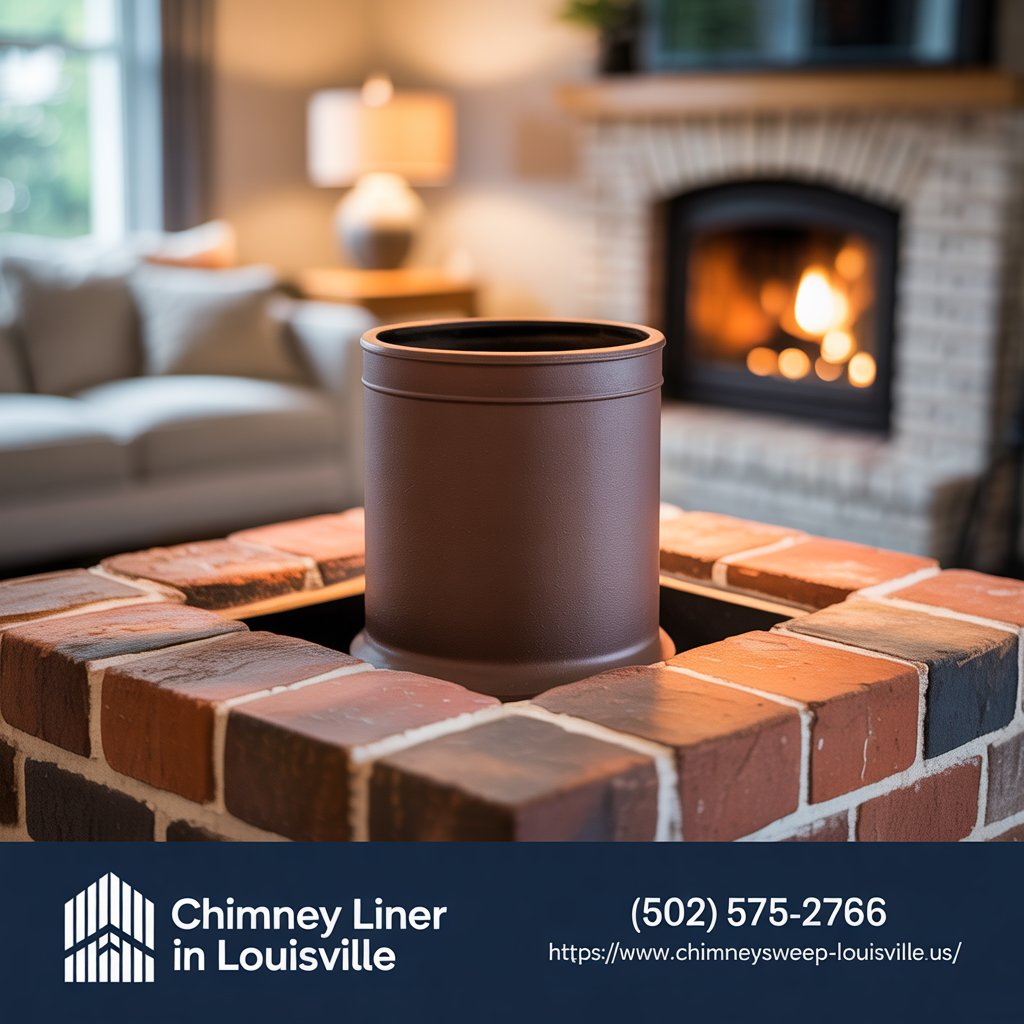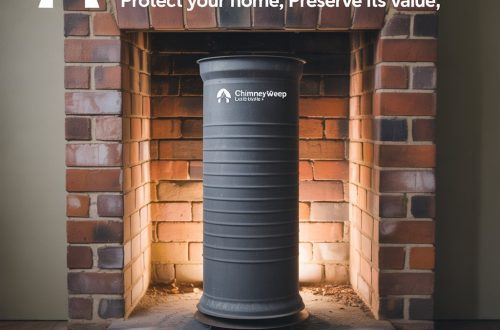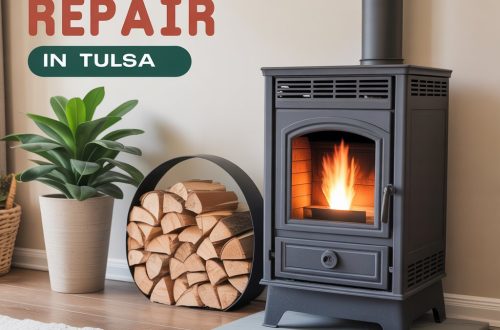There’s something special about sitting by the fireplace on a chilly Kentucky night—hearing the crackle of burning logs, feeling the warmth, and maybe even roasting a marshmallow or two. But as cozy and relaxing as it all sounds, many homeowners overlook one key part of their fireplace system that has a huge impact on safety: the chimney liner.
If you live in an older home in Louisville or just haven’t had your chimney checked in a while, you might be wondering: is a chimney liner really necessary? Or just another add-on? The truth is, having a well-installed and properly maintained liner can be a total game-changer—especially when it comes to protecting your home and your wallet. Let’s take a closer look at how a chimney liner in Louisville can make your fireplace safer and more efficient.
What’s a Chimney Liner, Anyway?
Before diving into how it improves safety, let’s get clear on what a chimney liner actually does. Think of it as a protective sleeve that lines the inside of your chimney. It’s usually made of clay tile, stainless steel, or a poured-in cement-like material that hardens to fit the flue.
Its main jobs are:
- Containing heat and gases so they don’t reach the surrounding structure
- Improving the draft for a cleaner, more efficient burn
- Preventing buildup of dangerous residues like creosote in areas you can’t reach
A chimney without a liner—or with a cracked, crumbling one—isn’t just less efficient. It can also become a serious fire hazard or a path for toxic gases to sneak into your living space.
Safety First: Why Louisville Homes Need a Reliable Liner
Louisville has a lot of charming, older homes. But many of those fireplaces were built before chimney liners became a standard safety feature. That means there are still quite a few chimneys out there that are either unlined or have liners that are cracked, deteriorating, or simply outdated.
Here’s why a functional chimney liner is a critical safety feature:
- Protects from house fires: Without a liner, intense heat from your fireplace can escape into the walls or attic. That’s a huge fire risk.
- Prevents carbon monoxide leaks: Gases like CO can seep through gaps or cracks in an old flue and into your home.
- Keeps moisture out: A liner helps block rain and humidity from soaking into bricks and mortar, which can cause long-term damage and mold.
Louisville’s humid climate and cold winters create the perfect conditions for brick chimneys to wear down fast—especially if they’re not lined. The freeze-thaw cycles can worsen cracks over time, and that’s where danger creeps in.
“We’ve seen countless chimneys in Louisville with no liner or severely damaged ones. Installing a new liner is one of the smartest safety upgrades a homeowner can make.”
— Jeff T., Local Chimney Pro, Louisville KY
How a Chimney Liner Saves You Money in the Long Run
Aside from peace of mind and keeping your family safe, a chimney liner can actually save you money over time. Here’s how:
|
Benefit |
How It Helps |
Savings Potential |
|
Prevents structural damage |
Stops heat/moisture from damaging bricks/mortar |
$5,000–$20,000 in major repairs |
|
Boosts heating efficiency |
Better draft = less fuel used per fire |
$100–$300/year on firewood/pellets |
|
Reduces repair frequency |
A well-lined chimney needs fewer fixes |
$300+ every couple of years |
|
Lowers fire/carbon monoxide risks |
Avoid emergency bills, home damage, or health risks |
Priceless—or thousands in claims |
In many cases, the cost of installing a stainless steel liner is far less than repairing the damage caused by years of exposure and wear. When viewed from a long-term perspective, it’s a solid investment—both for your safety and your wallet.
Do You Need a New Liner? Signs to Watch For
Not sure if your chimney liner is doing its job? You don’t have to be a professional to spot a few telltale signs. If you notice any of the following, it might be time to have someone take a look:
- Bits of tile or debris falling into your firebox
- A smoky smell even when your fire is out
- Staining on the outside of your chimney
- Difficulty starting or keeping a fire burning
- More creosote buildup than usual
Even if you haven’t noticed these issues, it’s still smart to schedule a chimney inspection at least once a year—especially if your home is more than 20 years old. Many certified chimney sweeps in Louisville offer video inspections, so you can see exactly what’s going on inside, including the condition of your chimney liner system.
Choosing the Right Liner for Your Home
If you do need a new liner, you’ll have a few options to choose from. Each type has pros and cons depending on your fireplace, budget, and how often you use it.
- Clay tile liners – Common in older homes, inexpensive, but prone to cracking over time
- Stainless steel liners – Durable, flexible, great for wood or gas fireplaces; often used during repairs or upgrades
- Cast-in-place liners – Ideal for structurally weak chimneys, adds support along with sealing
Most homeowners in Louisville go with stainless steel for its combination of durability, cost-efficiency, and compatibility with most fuel types. Plus, they’re easier to maintain and clean than tile liners.
Final Thoughts: Safety, Comfort, and Peace of Mind
Your fireplace should be a source of warmth and comfort—not stress or danger. If your chimney liner is old, damaged, or missing altogether, it’s more than just a maintenance issue. It’s a serious safety risk that can be solved with the right repair or upgrade.
In a city like Louisville, where fireplaces are a staple in so many homes, having a solid, well-maintained chimney liner is one of the best things you can do to protect your home, your health, and your investment.
Whether you’re in the Highlands, Crescent Hill, or out near St. Matthews, make sure your chimney is ready for the next fire you light. It starts with understanding—and taking care of—your chimney liner in Louisville.
Read More: Chimney Sweep





